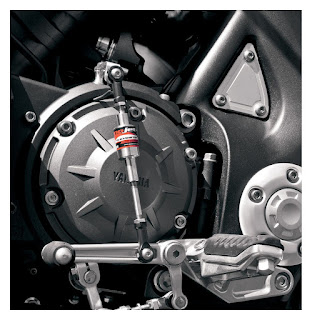Pani Ghattas(Water Mill)
Hydropower is widely available in this mountainous terrain, and water-powered mills are commonly used in agro-processing. Over 25,000 of these water mills (ghattas) are operating throughout remote areas of Nepal, with power output ranging between 200 - 500 Watts. Traditionally this power is only harnessed for the ghatta's(grain grinding) sole purpose. It is a structure that uses a water wheel or water turbine to drive a mechanical process such as milling (grinding), rolling, or hammering.
Before the introduction of electric mills in remote areas of Nepal, watermills were the only machine that was used for grinding purpose. Talking about the history, Watermill seems to be invented by Romans. After that, India received water-mills from the Roman Empire in the early 4th century AD when a certain Metrodoros introduced "water-mills and baths, unknown among them [the Brahmans] till then". Slowly this technology came to Nepal.
Working mechanism of watermill for grinding purpose is pretty basic. Instrument required are a turbine, vertical shaft connected to turbine and two stones for grinding purpose. Among them one had a hole to feed grains in-between them. Water is diverted from a stream or river and flows down a chute towards the ghatta’s turbine. The vertical shaft of the turbine runs up through the floor of the ghatta house and turns the top stone of a pair of grinding stones. Grain is stored above the stone in a suspended woven basket. It slowly falls out through a feeder mechanism at the bottom of the basket. The top stone has a hole carved in its center all the way through it. Grain from the feeder mechanism falls down through this hole, and is then ground between the pair of stones.



Comments
Post a Comment